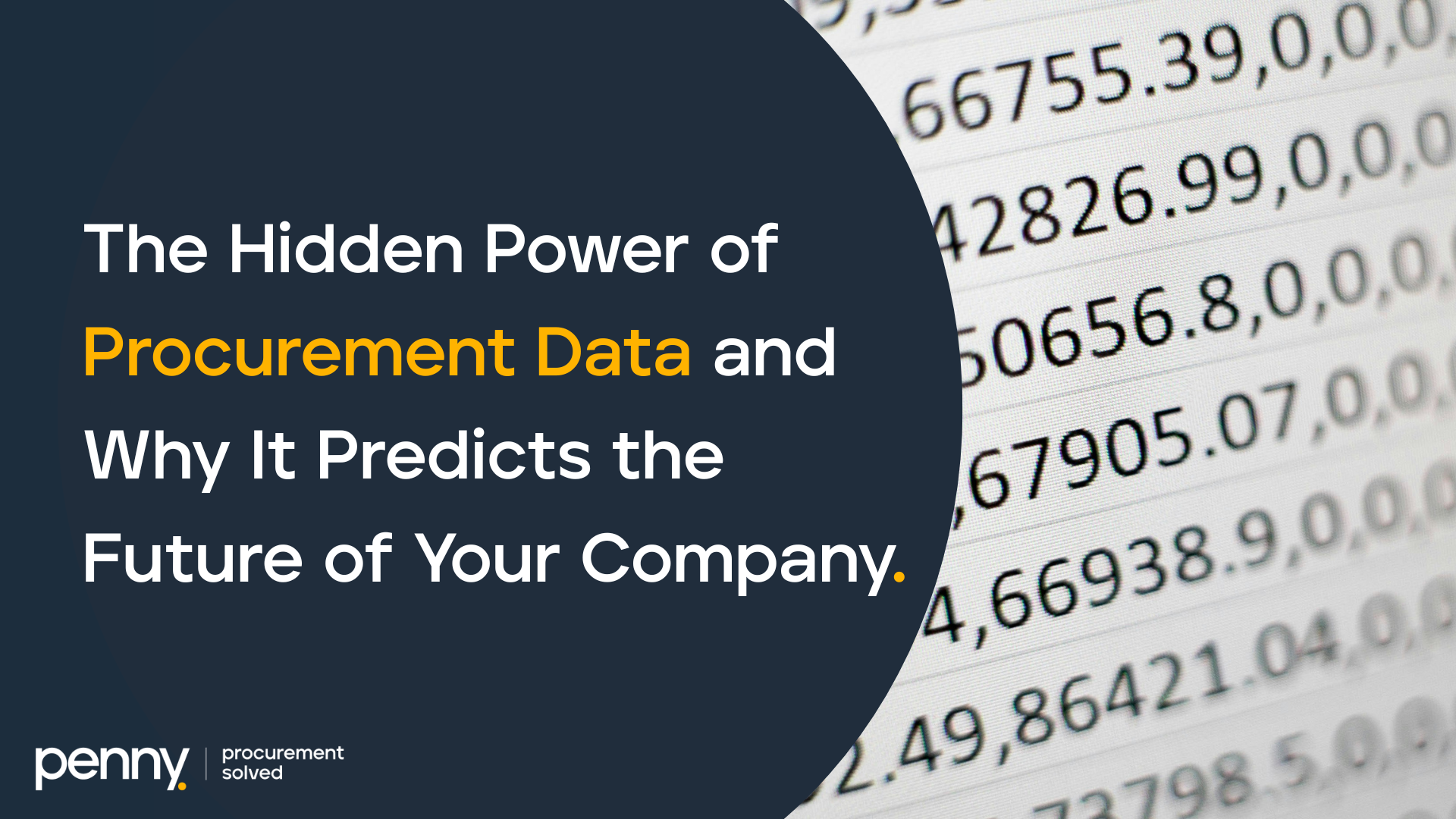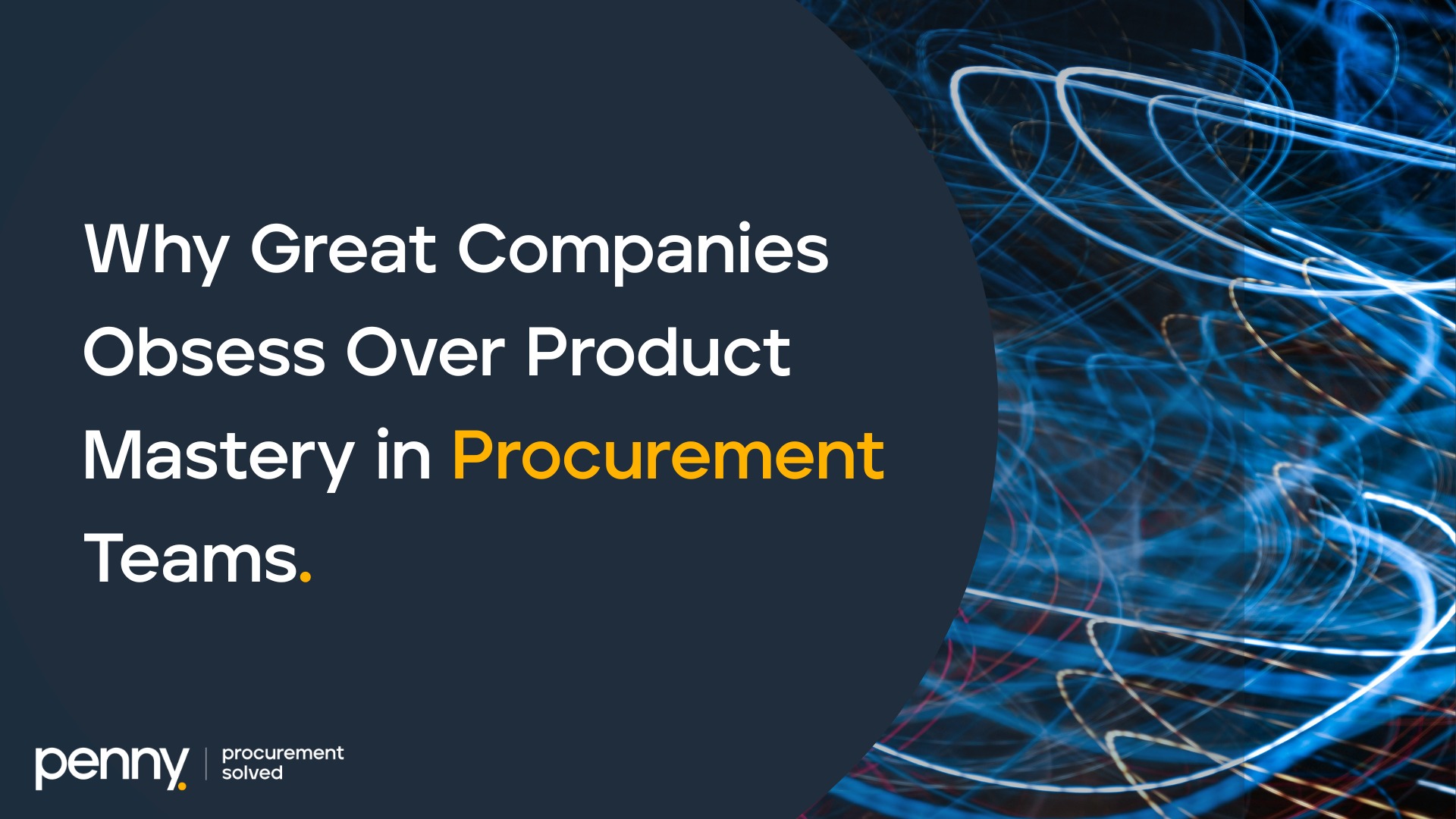
E-procurement has become one of the fastest growing areas in enterprise digital transformation. Every organization today talks about automation, visibility, and spend control. Yet despite this progress, many companies still hesitate to fully digitize their procurement process.
Why? Because of myths that have quietly shaped perceptions for years. These misconceptions are slowing adoption, costing millions in lost efficiency, and keeping organizations tied to outdated ways of working.
It is time to challenge those myths and see e procurement for what it truly is not just a system upgrade but a complete transformation in how organizations operate.
Myth 1: “Our ERP already handles procurement.”
Many companies believe their ERP is enough to manage purchasing. In reality, traditional ERP systems were designed for accounting, not procurement.
An ERP records transactions, but it does not manage the end-to-end buying experience. It cannot handle supplier collaboration, sourcing events, approvals, or analytics with the same flexibility as a dedicated procurement platform.
Procurement involves dynamic interaction between users, vendors, and approvers. It requires intuitive workflows, supplier management, and analytics that go beyond financial accounting.
An ERP is the backbone of finance, but a modern procurement platform is the nervous system of purchasing. The two should work together, not compete.
Myth 2: “E procurement is too expensive.”
Cost is one of the most common misconceptions. While there is an investment involved in any transformation, the return is almost always far greater.
Manual procurement carries hidden costs that organizations rarely measure: time wasted chasing approvals, price inconsistencies, compliance risks, and poor visibility that leads to overspending.
Automation eliminates these inefficiencies and delivers measurable ROI. Organizations that implement e procurement platforms often report payback in less than a year through reduced cycle times, improved compliance, and supplier-driven savings.
The truth is that not adopting e procurement is what is truly expensive.
Myth 3: “Our suppliers will not adapt to it.”
Many organizations fear that their suppliers, especially smaller ones, will resist joining a digital platform. Experience shows the opposite.
Suppliers prefer working with buyers who make transactions easier. When they can receive purchase orders electronically, submit invoices online, and get faster payments, adoption happens naturally.
Modern e procurement systems like Penny make onboarding simple. Vendors do not need complex integrations or long training. The platform is designed to be accessible for all types of suppliers, local and global alike.
The result is a stronger supplier relationship, not a more complicated one.
Myth 4: “E procurement limits flexibility.”
Some decision makers worry that automation will reduce their control. In fact, the opposite is true.
E procurement systems provide visibility and control without adding friction. Policies and approval rules are built directly into workflows. Users operate freely within defined boundaries, and management gains full transparency over spending in real time.
Automation replaces uncertainty with accountability. Rather than restricting flexibility, it provides confidence that every action aligns with company policy.
Myth 5: “It is only for large enterprises.”
E procurement used to be complex, but not anymore. Cloud-based platforms have made digital procurement accessible for organizations of every size.
Even small and mid-sized companies now adopt systems that streamline purchasing, enhance compliance, and connect teams seamlessly. What once required months of implementation and millions in infrastructure can now be deployed in weeks.
In fact, smaller organizations often benefit the most because automation allows them to scale without increasing headcount.
Myth 6: “Change management is too difficult.”
This concern is understandable but outdated. Modern platforms are built for simplicity.
E procurement is no longer a project that requires disruptive system overhauls. Today’s platforms integrate easily with existing tools, offer guided onboarding, and include analytics that help users learn naturally through experience.
Moreover, adoption is easier when users actually enjoy the process. When procurement systems are intuitive and designed like consumer applications, employees embrace change willingly.
At Penny, we have seen adoption rates above 90 percent among enterprise clients within the first few months.
The Real Cost of Believing Myths
Every organization that delays automation loses visibility, efficiency, and governance. Manual systems create blind spots that lead to untracked spending, slow approvals, and missed opportunities for supplier collaboration.
In a world driven by data, relying on manual procurement is no longer sustainable. The organizations that move first will not only save money but also gain strategic control. Those that wait risk being left behind.
Call to Action
If your company is still relying on manual processes or outdated ERP modules, it is time to experience what true procurement transformation looks like.
Book a demo with Penny Software to see how automation can eliminate inefficiencies, improve compliance, and empower your teams with full spend visibility.
E procurement is no longer a choice, it is the standard. The question is when your organization will embrace it.

